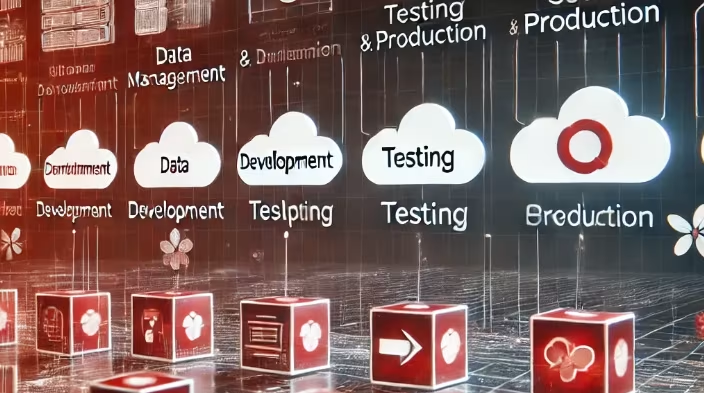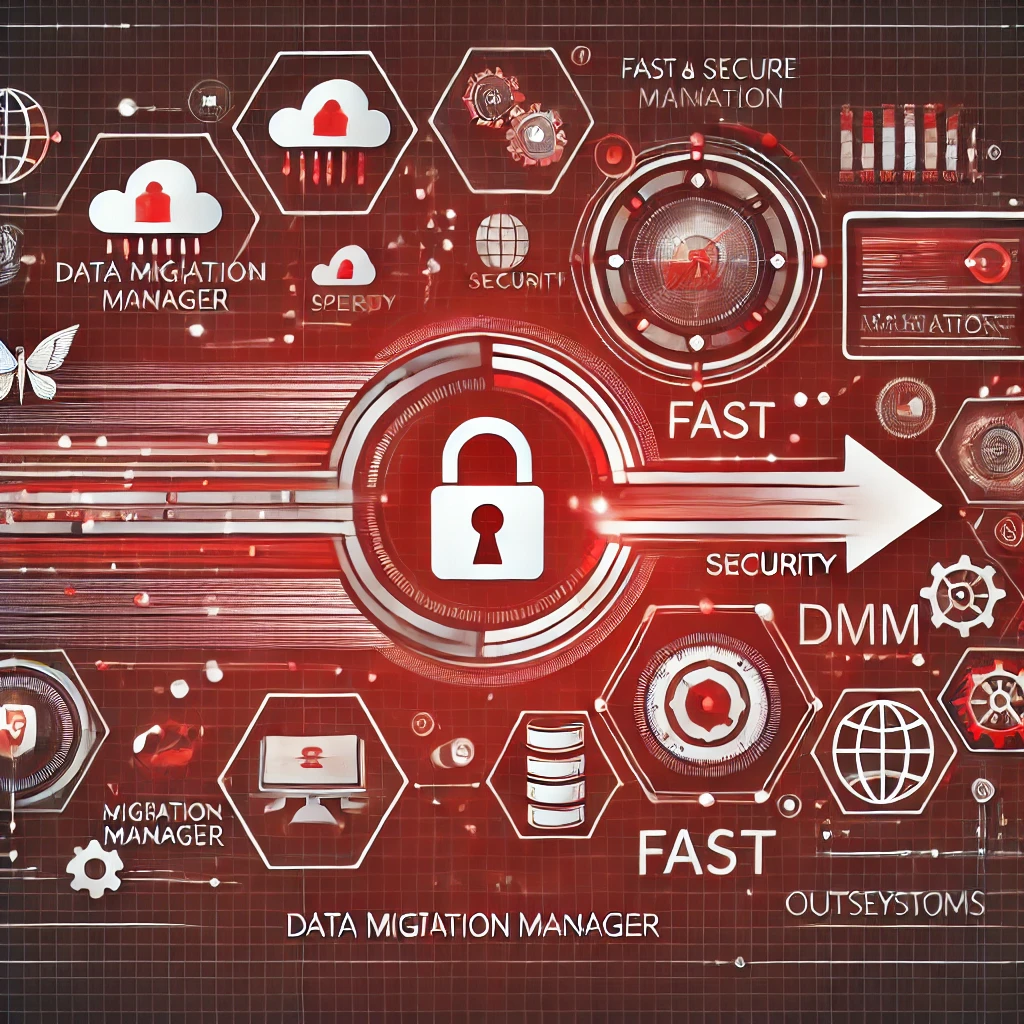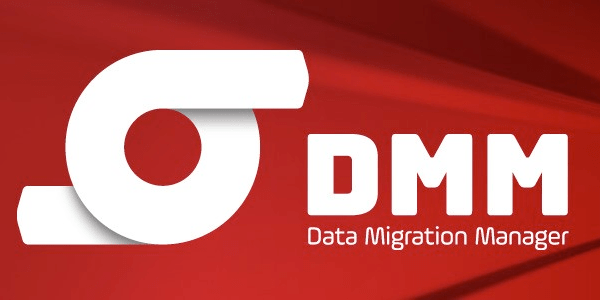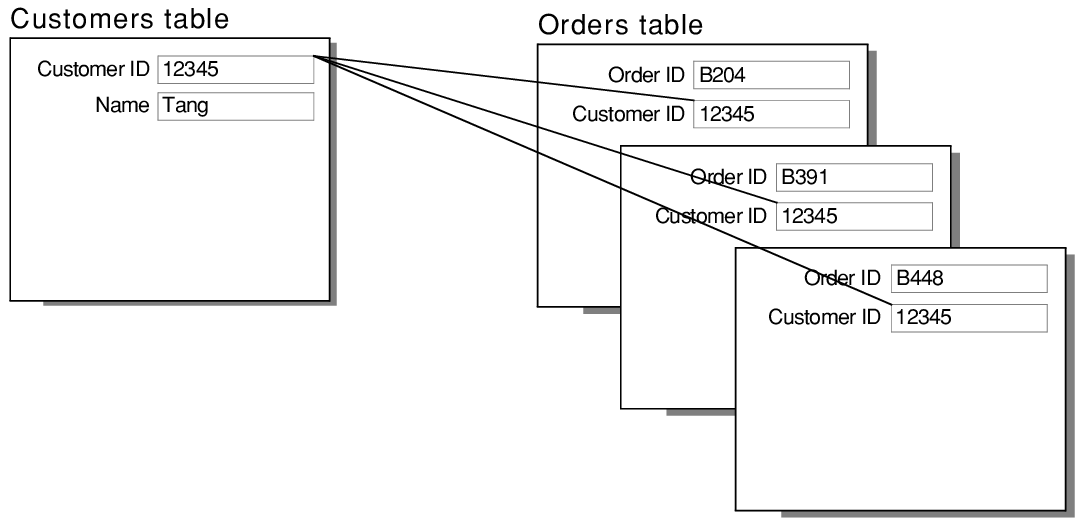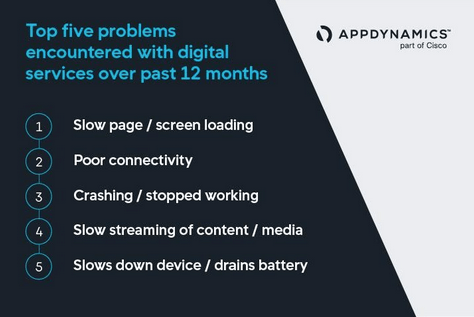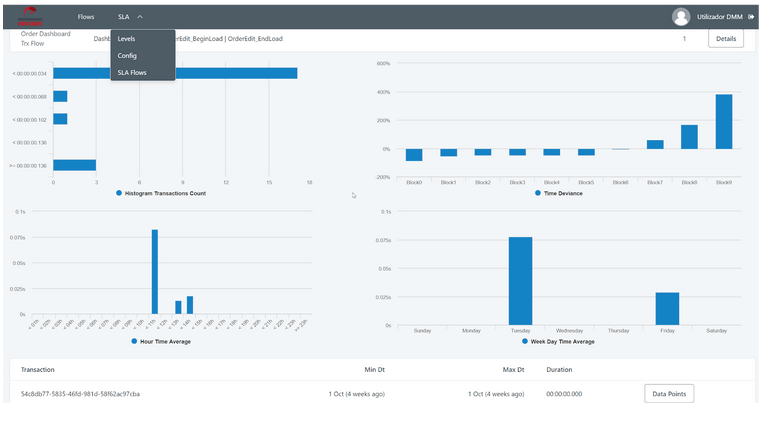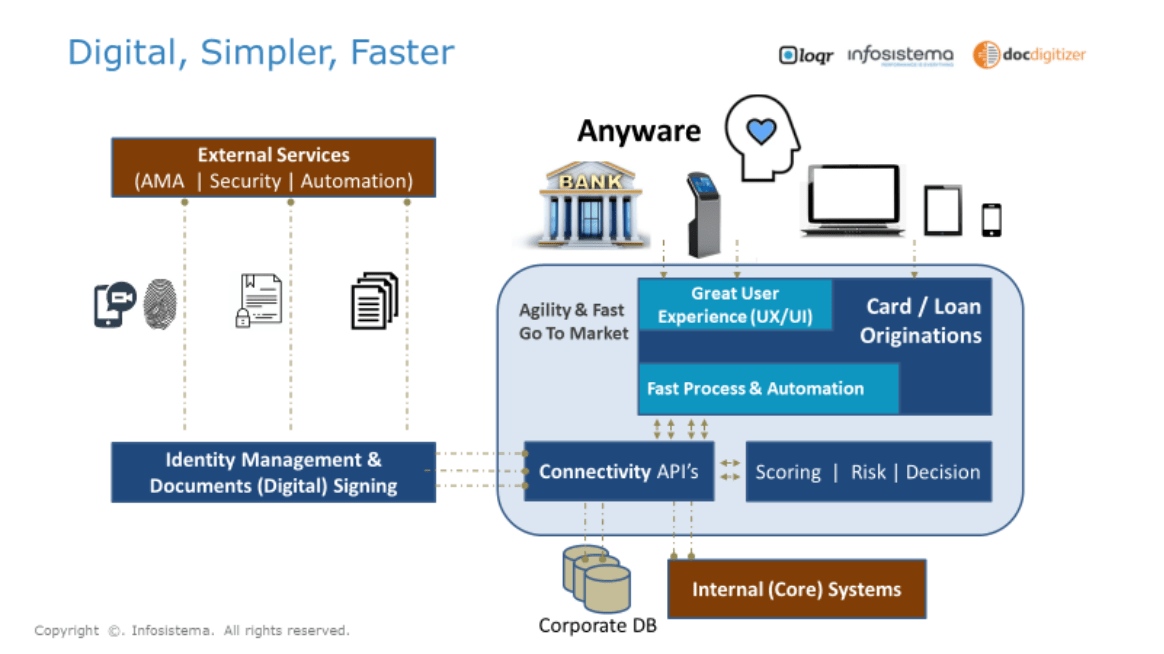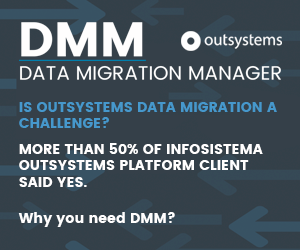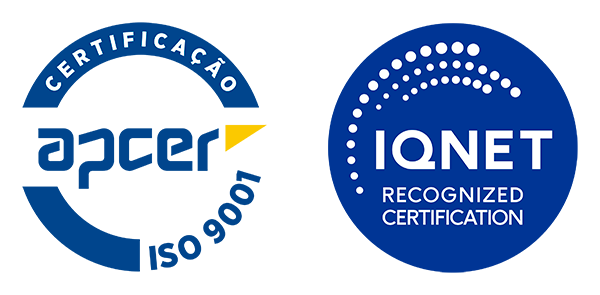Developing with Infosistema DMM

(4-minute reading)
As Agile development continues to gain traction, a growing challenge is also gaining momentum especially with Rapid Application Development (RAD) platforms.
Developing with Infosistema DMM
In a RAD world, things usually start small. It is the first project with a small team for a limited scope. The whole project is manageable and controlled by that team. There are so many lines of code and equally so many tables in the database.
And it is an Agile project using a RAD tool. It is not only possible to evolve, but that progression can be fast and dynamic. Soon, that one first project becomes two or three. The initial reach expands beyond that department.
Now that Agile single squad morphed into a larger group of squads. And, along with that, the number of applications, lines of codes, databases (now multiple databases), tables. As success thrives, the data volume explodes, since the once rogue Agile RAD first team is now an Agile Center-of-Excellence targeting and impacting corporate core processes. Along with data the data management becomes more crucial.
How to Test New Features Against a Real Set of Data?
No more is adequate to use small self-populated data in database tables to see if version 14 of a corporate app still passes regression testing. More robust processes must be in place since mistakes, even small can severely impact corporate performance. Furthermore, producing real case data provides additional information and inputs for squads that now can leverage that knowledge to create even better and more effective apps.
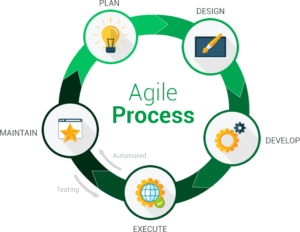
All the cycles close in the Agile world. It is now only the feedback of users regarding the UX/UI of the apps, it is the data itself that presents a myriad of knowledge that can be fed back up the squads.
But this data must be retro fed maintaining consistency and in today’s world complying with privacy regulations using scrambling and anonymization.
In a RAD world, it becomes necessary to manage not only the applications and their lifecycle but also the data lifecycle. That means migrating, back and forth, the data across the maturity pipeline of lifecycle, from development to QA, to production and back. All this management should be simple and transparent with minimal effort.
In addition, we must also include external data. Since currently, no single system lives by itself, we must take into account how to export, import, and synchronize data with the external data to the RAD world.
Infosistema DMM is tackling these use cases when it comes to RAD, namely in OutSystems. Aligned with the vision of dramatically reducing the complexity of designing and developing great apps, we are working hard to deliver a simple path to data management in OutSystems, so that the developer community that leverage more and more OutSystems platform.
As our DMM community grows we are receiving more inputs and use cases, from DevOps to compliance, from versions migrations to farms scalability. This posed a new challenge that we understood that having a tool was not enough any.
That’s why we now have an OEM program where any developer that integrates DMM and use DMM’s core APIs to fully integrate DMM into their own product or solution. Using the DMM open model new uses cases that be tackled complementing and leveraging already internally deployed ETL solutions to work in tandem or collaboration with DMM.
Thirsthy for Knowledge? Subscribe to our Newsletter and Never Miss Another Byte!
Related Content: Data Migration Manager (DMM)

